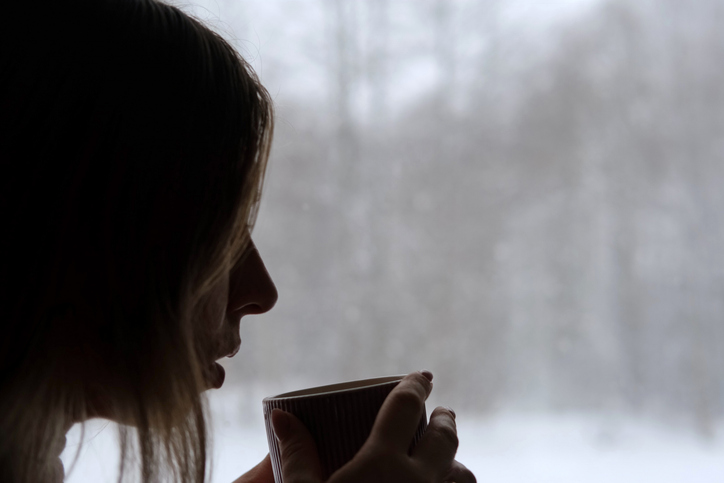As winter sets in, bringing colder weather and shorter days, it’s not uncommon to feel a drop in energy or experience symptoms of Seasonal Affective Disorder (SAD). The reduced sunlight and long, gray days can lead to fatigue, sadness, and difficulty staying motivated. But by embracing intentional self-care strategies, you can uplift your mood and protect your mental well-being throughout the season.
One key approach is light therapy. Since SAD is often triggered by a lack of sunlight, exposure to artificial light can make a difference in regulating mood and energy levels. Light therapy boxes, which mimic natural sunlight, can be used for 20-30 minutes each morning to help stimulate mood-regulating chemicals in the brain. Whenever possible, getting outside—even on overcast days—can further increase exposure to natural light and improve mental clarity.
Vitamin D intake is another essential aspect of winter self-care. During the colder months, limited sunlight reduces the body’s ability to produce sufficient vitamin D, potentially leading to feelings of lethargy and sadness. Consuming foods rich in vitamin D, like salmon, fortified dairy products, and egg yolks, can help fill this gap. For those who need an extra boost, vitamin D supplements may be beneficial, but it’s important to consult a healthcare provider for personalized advice.
Staying active and engaged can also combat the sluggishness and low mood that often accompany winter. Physical activity releases endorphins, which naturally improve mood and reduce stress. Winter-friendly exercises, such as indoor yoga, swimming, or brisk outdoor walks, offer effective ways to stay moving despite the chilly weather. Engaging in creative hobbies like painting, journaling, or DIY projects can provide a mental escape and bring joy to even the dreariest of days.
By integrating these simple yet effective self-care practices, you can take control of your winter experience and transform it into a season of growth, comfort, and mental resilience. (link)




